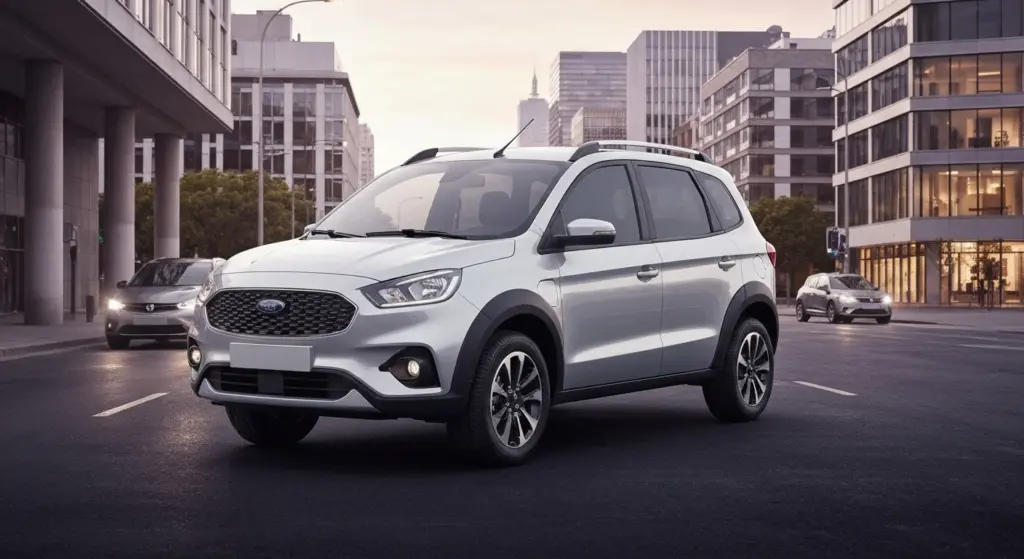The Nissan GT-R R35, known as “Godzilla,” is about to bid farewell to the market after 17 years of history. Since its launch, it has captured the hearts and minds of enthusiasts and drivers around the world. However, like everything in life, good things must come to an end, and Nissan is preparing for the retirement of its iconic supercar. Let’s understand better how we got to this point and what it means for the future of supercars.
Recently, in an interview with Top Gear, Pierre Loing, Nissan’s global product chief, revealed that the automaker would love to continue selling the R35, but new regulations are complicating matters. The withdrawal of the supercar from markets like Europe and Australia was a direct response to noise and safety requirements. If you’re a fan of speed and innovation, it’s hard not to feel a sense of sorrow knowing that the era of the GT-R is coming to an end, even though it has been a true icon on the tracks.
Nissan GT-R R35: End of a 17-Year Era on Sale
After so much time, the farewell of the GT-R R35 is not just a market issue. Nissan has kept this model in production since 2007, but now, with the arrival of new regulations, the need to retire it becomes undeniable. Imagine, a supercar that has already made history, but now faces difficulties due to rules aimed at improving safety and comfort on the roads. It’s quite a dilemma, isn’t it?
What many don’t know is that Nissan still hoped to prolong the life of the R35, but market demands and safety standards were stronger. With production scheduled to end in 2025, there is no immediate replacement in sight. This generates anticipation and a certain anxiety among fans, who now wonder: what will come next? The truth is that even with the end of the R35, the passion for the GT-R will not disappear anytime soon, especially with what the future may hold.
Supercars at Risk: Regulations Hit the GT-R
The situation of the Nissan GT-R is not isolated. Recently, Europe implemented stricter rules that affected various supercar models, including the Toyota GR86, the Subaru BRZ, and even the classic Porsche Boxster and Cayman. These regulations have a profound impact on the automotive industry, raising questions about how automakers should adapt and innovate to meet market demands without losing the essence of their sports models.
With the growing pressure for sustainability and safety, the future of supercars seems uncertain. It is clear that the passion for powerful and stylish cars still exists, but automakers need to find creative solutions to keep these icons alive. The GT-R, for example, could make way for an electric model, raising discussions about whether this will be an evolution or a loss of what makes these cars so special. What do you think about all this? Will electric cars be able to capture the essence of what it means to be a true supercar?
The future may still be bright for speed enthusiasts, but changes are inevitable. While Nissan works on developments like the Hyper Force, many are wondering what the next generation of the GT-R will be like. Until then, we must enjoy what we still have and hope that the new regulations do not erase the magic of the supercars we love.
Source: motor1.uol.com.br
Author: Fabio Isidoro
Founder and editor-in-chief of Canal Carro, he dedicates himself to exploring the automotive universe with depth and passion. A car and technology enthusiast, he produces technical content and in-depth analyses of national and international vehicles, combining quality information with a critical eye for the public.












